Towards responsible rural tourism in China: Getting local communities involved
In part 2 of his reflections on the Chinese countryside, Egyptian-American architect Hisham Youssef asserts that local communities must be involved in the nation's drive for rural rejuvenation. These can be projects that promote local culture and craft, rather than tourism per se. Perhaps through such efforts, the soul of these communities can be preserved and these rural gems can truly live on for generations to come.

(All photos courtesy of Hisham Youssef.)
On a recent drive through the many narrow and hilly backroads of Lishui, Zhejiang province, an online listing led me to a small highly rated family-run dining establishment located in a nondescript roadside house. Their menu includes delicious local dishes made with fresh local produce. The owner, surnamed Pan (潘), also offers a very fragrant local green tea prepared in the family tradition inherited from her father. She explained that the green tea in this region is in fact the origin of the famous Longjing tea of Hangzhou. Pan's inn is part of the extensive Chinese rural dining and short term accommodation network (农家乐 nongjiale) that has been gaining in popularity, particularly in pandemic times, what with the difficulty of cross-border travel.
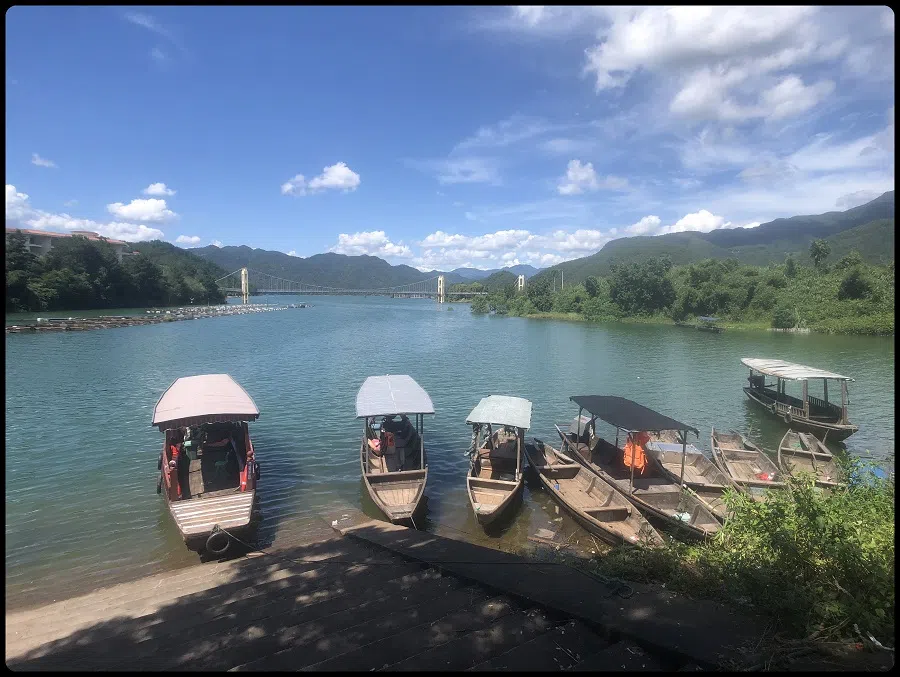
Rural gems overcommercialised
Later that day, I arrived at a village not too far away. Hyped as a retreat with beautiful scenery and scenes of traditional life, it was instead overrun by luxury boutique hospitality projects that overwhelmed the original village in scale. An overnight stay, said a villager, could come up to the weekly or even monthly wage of some villagers. The appearance of the village still made for a pretty picture, but somehow the soul of the place, the very reason for people wanting to go there, seemed to be quickly disappearing. Naturally, this was a brief and disappointing pitstop.
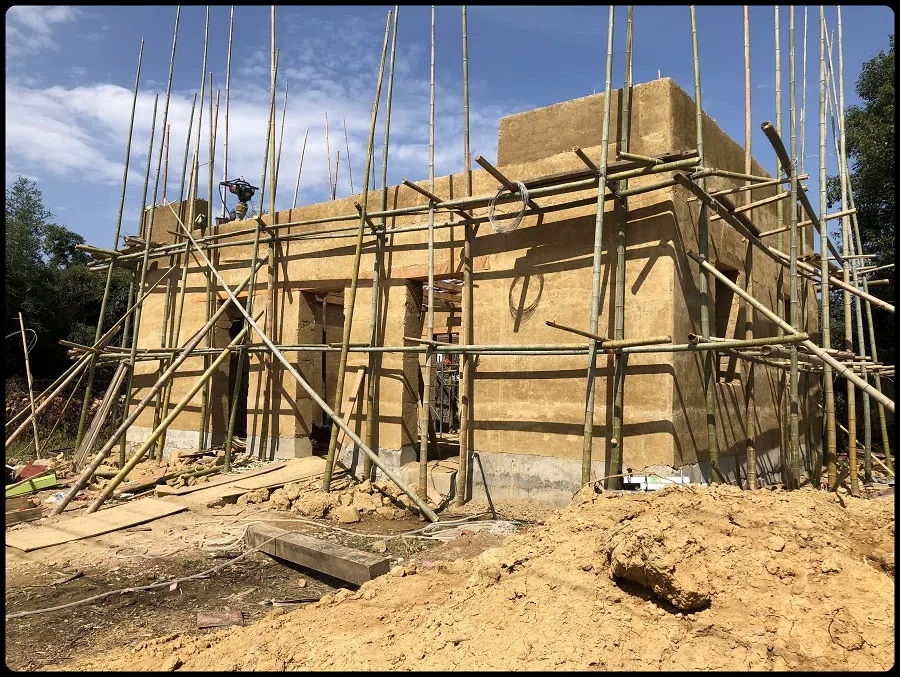
With the dizzying scale and pace of the central government's drive for urbanisation, the rural population has dramatically shrunk after the relocation of villagers to new urban centres. Since 2017, the Ministry of Culture and Tourism has issued guidelines to promote rural tourism as one of the key drivers of revitalising the countryside and improving the welfare of villagers. While the government's efforts to revitalise the countryside may have been well-intentioned, and indeed many villages have prospered financially, financial gain should not be the prime objective. Take the case of Lijiang, Yunnan province, for example. Tourism run amok there has led to overcommercialisation and the contamination of ancient canals.
Locals must step in to save their own communities
So how can China develop its rural areas responsibly? There may be different starting points, but they all lead to the same place - the local community.
China is very rich and diverse culturally. It boasts great traditions, monuments, crafts and cuisine, as well as diverse minorities that contribute to its heritage. China's people, particularly the local communities, are the keepers of these traditions and cultures, and are precisely the ones we should nourish and protect. Just preserving antique houses alone may meet heritage protection criteria, but the intangible heritage of a place which includes its soul, the community and its traditions may still be lost.
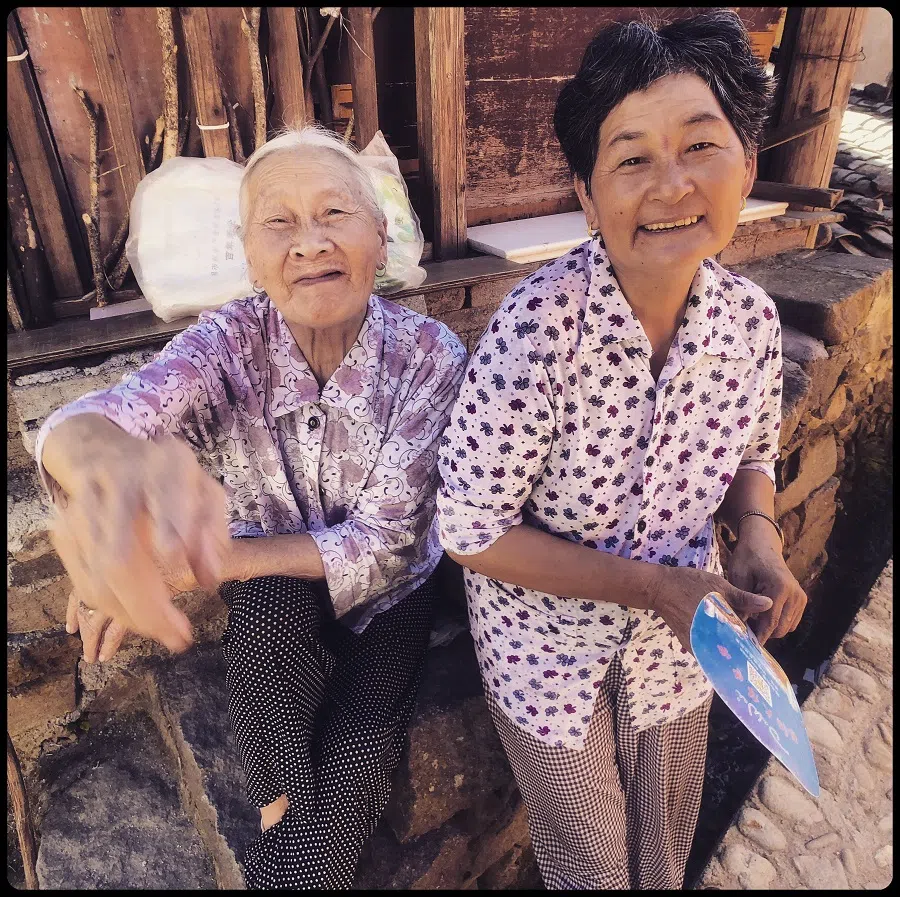
There have been many effective bottom-up local development initiatives and laudable projects led by individuals or small groups that do not have tourism as a primary aim. To be sure though, local government support is vital. It is through those projects that rural areas can flourish and attract visitors to experience their communities in more meaningful ways. They can provide an alternative to mass tourists arriving in droves to photograph social media-worthy shots, and score "likes".
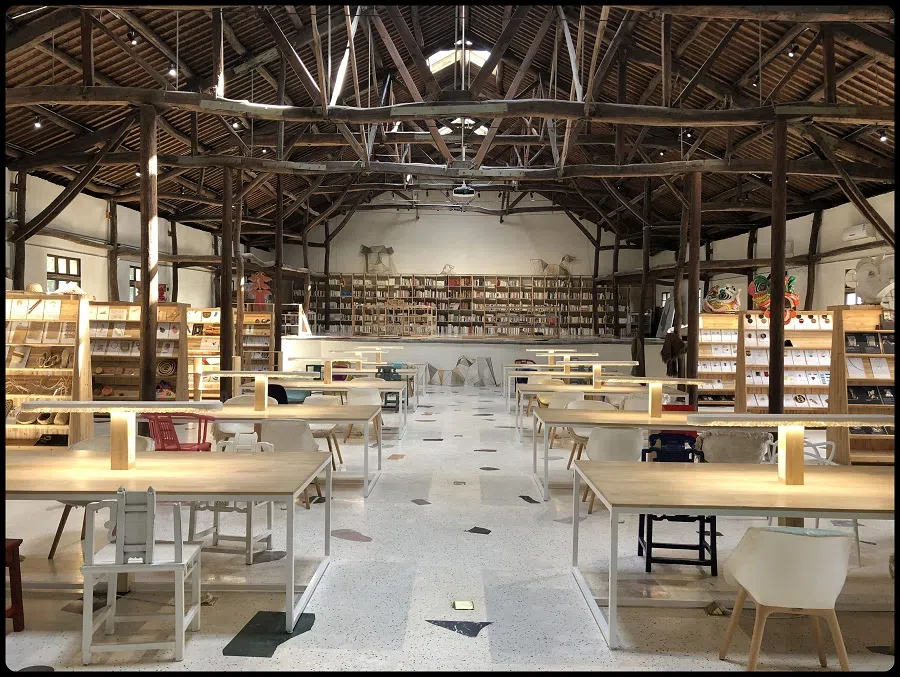
Take, for example, the case of Qingshan village near the city of Hangzhou, which began as a project to clean up its reservoir. At first, the village attracted visitors in the environmental sector who did not have local accommodations. Farmhouse homestays began to support the local community. Soon after, another group arrived, led by a designer, Zhang Lei, which developed a local business around the tagline "Handmade in Hangzhou". The group established the Rong Design Library (融, rong meaning "melting and fusion") to develop contemporary designs based on local traditional craft. The village soon evolved into an internationally recognised hub within the design community. This created more job opportunities for the villagers. And with more visitors, there was also more engagement between the craftspeople, villagers and the visitors. Perhaps more importantly, this initiative helped instill a sense of pride of craft, and created more purpose for the local community.
On a larger scale, Songyang county in Zhejiang has partnered with Beijing architect and founder of DnA design firm, Xu Tiantian, to develop several "acupuncture projects" throughout the county - a series of targeted interventions to highlight the county's culture and showcase the strengths of its local communities. Among the almost two dozen projects developed to date are the Tofu Factory in the small village of Caizhai, famous throughout the county for its tofu-making; the Huiming Tea Space in Huiming village, famous for its tea culture; and the Hakka Indenture Museum in Shicang village.
A change in mindset across all sectors of the tourism industry is fundamental to developing China's rural areas. The criteria used to measure success needs to go through an overhaul at the personal level and the local community level.

These are but a few examples of investing in cultural projects that can slowly but surely create sustainable destinations that help local communities retain their identity and remain a viable source of regional pride and education for visitors.
The way forward
A change in mindset across all sectors of the tourism industry is fundamental to developing China's rural areas. The criteria used to measure success needs to go through an overhaul at the personal level and the local community level. Mass tourism may be attractive in terms of creating tangible gains for a community, and helping the county or town score a higher place on the national ranking scale. However, this is ultimately a myopic and self-destructive way of thinking. With uncontrolled tourist traffic, the demise of the local community is almost certain.

In summary, there are four key ingredients in a comprehensive approach towards the sustainable development of rural areas for tourism.
First, we must invest in local communities as the primary drivers of a sound strategy. Local government programmes can be developed to create partnerships between different stakeholders to encourage innovative projects that enhance and showcase local community culture. Locals can best enrich visitors' experiences.

Second, set limits on tourist footfall in order to protect local communities. This can be done through capacity controls and crowd dispersion plans. Each destination must limit traffic so as not to overwhelm the capacity of a small village, and respect the privacy of local communities. In a region, where a series of projects are developed, pressure on a single destination would be reduced by dispersing traffic among several locations.
Third, develop a comprehensive scale to measure success. Criteria should be focused on the improvement and recognition of the community's culture and heritage, rather than tourist footfall and financial metrics.
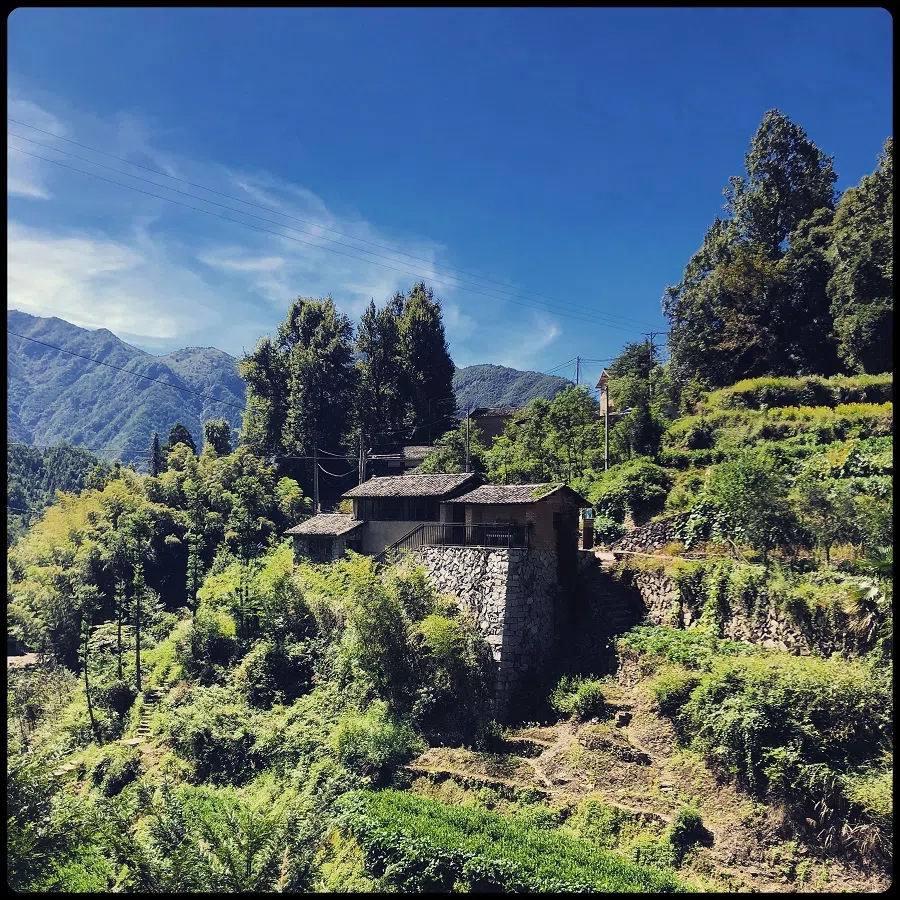
Fourth, educate people about the benefits of travel in more meaningful ways, and encourage them to engage with and appreciate the local communities they visit.
It remains to be seen how China can elevate the livelihoods of its rural communities in a sustainable manner under the pressure of tourism. If there are enough people seeking authentic cultural and traditional experiences, I am hopeful of such an endeavour's success.
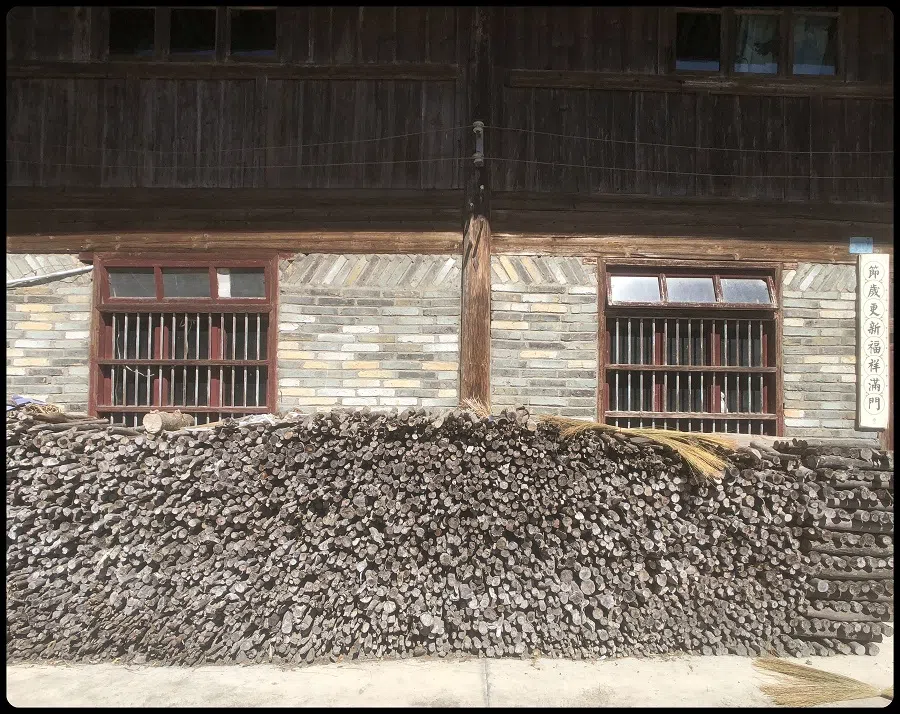
Follow Hisham Youssef on Instagram to see more of his pictures of China. #vanishing_china

![[Big read] Paying for pleasure: Chinese women indulge in handsome male hosts](https://cassette.sphdigital.com.sg/image/thinkchina/c2cf352c4d2ed7e9531e3525a2bd965a52dc4e85ccc026bc16515baab02389ab)


![[Big read] How UOB’s Wee Ee Cheong masters the long game](https://cassette.sphdigital.com.sg/image/thinkchina/1da0b19a41e4358790304b9f3e83f9596de84096a490ca05b36f58134ae9e8f1)
